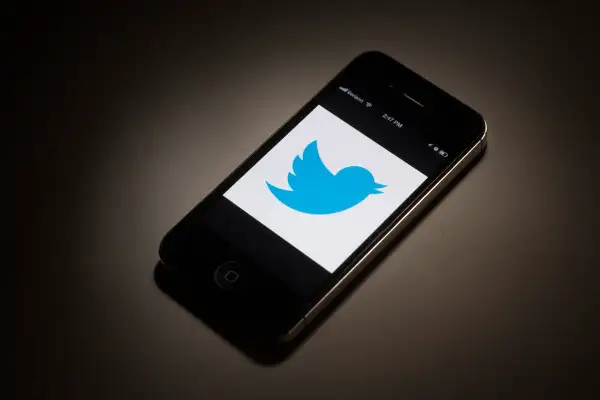These 5 Tweets Explain Why Twitter Stock Isn't About to Rebound
Money is not a client of any investment adviser featured on this page. The information provided on this page is for educational purposes only and is not intended as investment advice. Money does not offer advisory services.

It's no secret that Twitter shares have had a rough few months, marked by a wave of analyst downgrades, insider selling following the end of the stock's lock-up period, and now signs of slowing growth.
The real question is: Which of the charts below represents the market's true take on the stock?
This one, which shows how Twitter shares cratered from late December to late May?
Or this one, which shows how the stock has rebounded from its late May lows?
The Twitter bulls argue it's the latter. But here are five reasons -- articulated on Twitter by my Money colleague Taylor Tepper -- that I'm not inclined to believe them:
1)
Sure, that was bound to happen as the social media platform gained in size. There are already 255 million Twitter users worldwide.
However, the fact that the company's rate of growth is slowing so noticeably — it is expected to fall from an annual pace of 24% this year to 15% two years from now and then to less than 11% in 2018, according to a study by eMarketer — is becoming worrisome.
"We can't deny that growth in users has been slowing," says Morningstar analyst Rick Summer, which is a critical point given that "the company is competing for advertising dollars with juggernauts such as Facebook and Google."
2)
For most companies, the fact that the lion's share of growth is coming from rapidly developing Asia — and specifically China — would be viewed as a bullish sign. In the case of Twitter, though, which generates nearly 90% of its overall revenues from ad sales, this isn't necessarily good news for near-term profitability.
Remember that in online ads, the big money is still made in the developed world. Yet in Twitter's case, the percentage of the company's users that are in North America and Western Europe is expected to slip to only one third by 2018, down from nearly half in 2012, according to eMarketer.
3)
Twitter officials often point to how much advertising revenue the company is generating per thousand "timeline views," which is sort of like Twitter's version of a web page view. In its most recent quarter, the company touted that "advertising revenue per thousand timeline views reached $1.44 in the first quarter of 2014, an increase of 96% year-over-year." That's true.
But they played down the fact that the overall number of timeline views for the quarter — 157 billion — was actually below the peak of 159 billion achieved last year. This, despite the fact that the overall user base continues to grow.
4)
Social media is all about buzz. Advertising, which most social media companies need if they hope to turn a profit, is all about scale. And right now, Twitter's user base pales in comparison to that of Facebook, with its 1.3 billion users. In fact, Google+ and LinkedIn, with their 300-million-plus users, are even bigger than Twitter.
5)
About a year and a half before Twitter went public, Facebook made news by buying the mobile photo sharing app Instagram for $1 billion. Seems like chump change compared to the $24 billion that the stock market says that Twitter is worth, based on its current market capitalization.
Yet Facebook CEO Mark Zuckerberg recently provided numbers showing that Instagram is closing in on Twitter, with more than 200 million monthly active users worldwide.
More importantly for mobile ads, more Americans are using Instagram on their smartphones than are using Twitter — by eMarketer's count, 40.5 million for Instagram versus 37.3 million for Twitter. And by many accounts, Instagram is now a key engine in Facebook's ad strategy, particularly in China.
Which begs the question: Which price is more accurate — the $1 billion that Zuckerberg paid for Instagram, or the $24 billion that the market says Twitter is actually worth?
